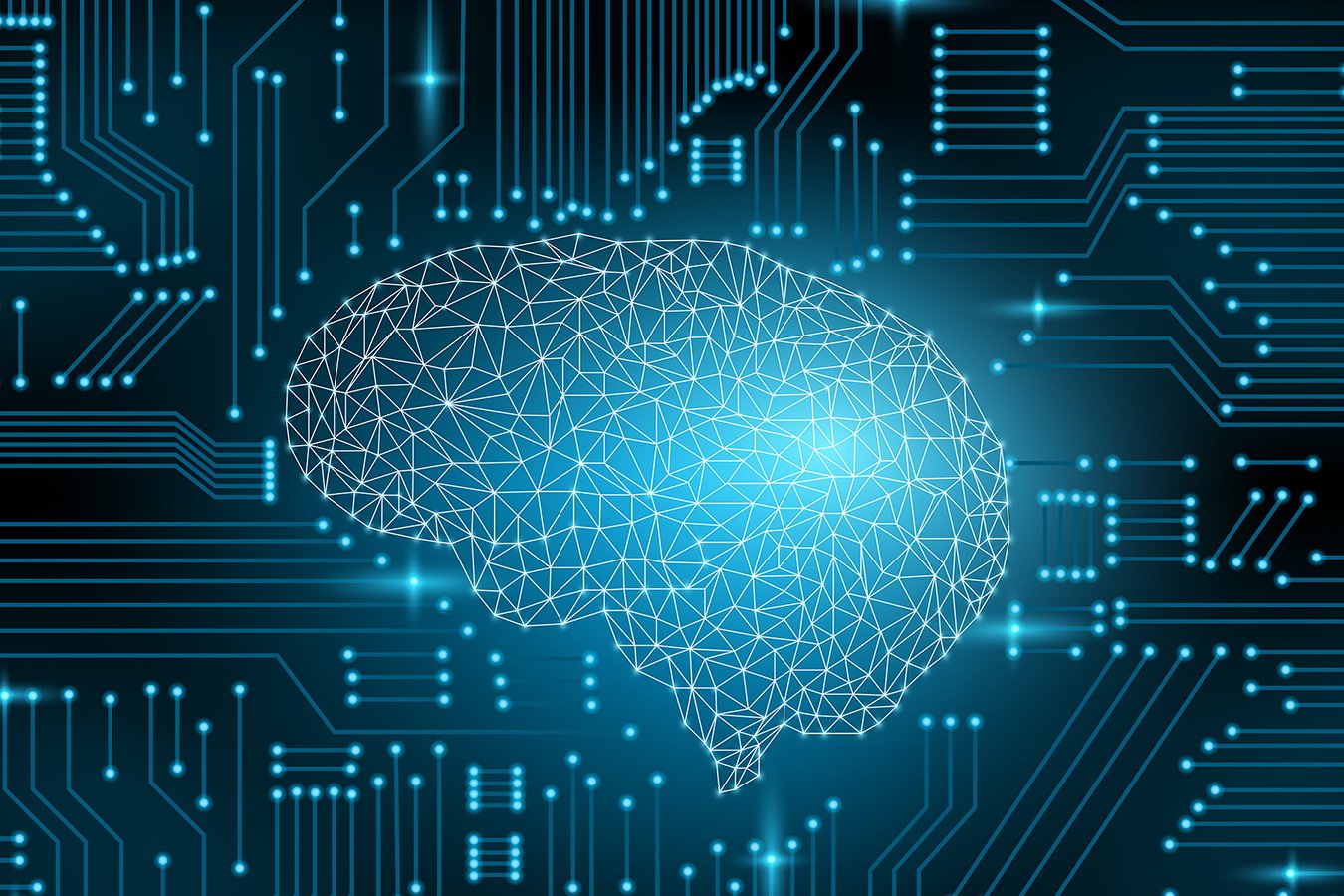Artificial intelligence (AI) is shaping digital transformation – even in the financial sector. Ever larger volumes of data and more efficient processing power are key factors in this. But what’s the real advantage of AI over tried-and-tested IT applications? “Before AI, every step had to be programmed,” explains Lukas Bütikofer, a data scientist at PostFinance. Even the slightest deviation from the standard could cause systems to stop working. “AI, on the other hand, learns to classify data independently using known cases and can also be trained for complex tasks.”




